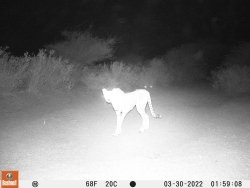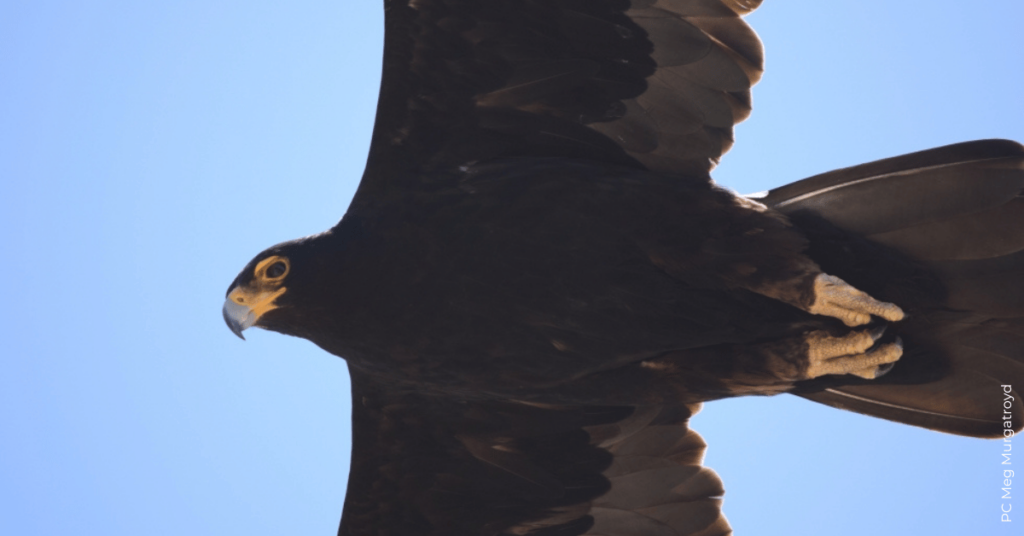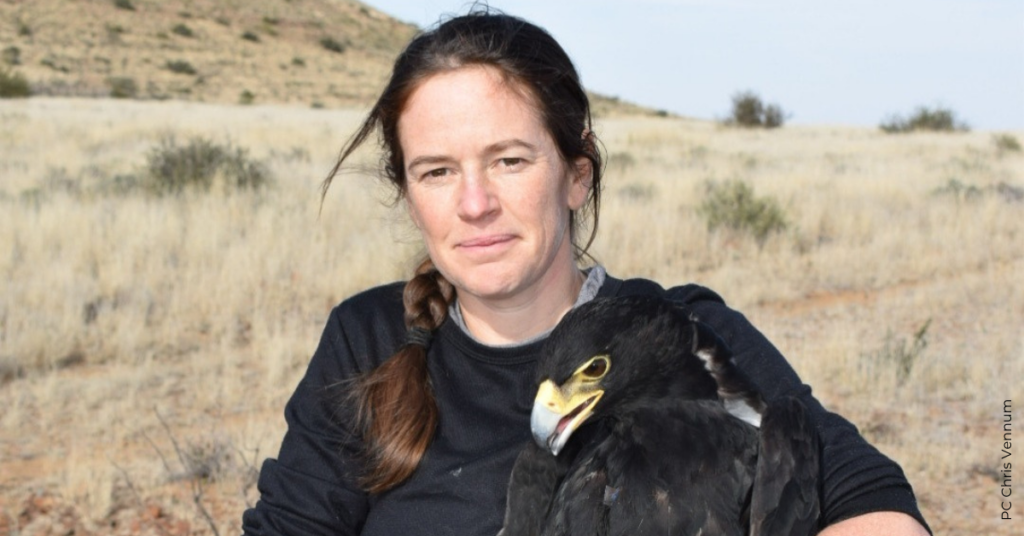
For the first time in over three decades, the existence of a vulnerable mammal—the cheetah—has been confirmed in Djibouti. The discovery was made by a team of scientists led by Dr. Megan Murgatroyd of HawkWatch International and the Fitzpatrick Institute of African Ornithology during a broad biodiversity study in the Horn of Africa.
“Although the species was presumed to possibly still exist, there were no confirmed sightings in the country for more than 30 years,” shared Houssein Rayaleh, a member of the research team representing Association Djibouti Nature and the Djibouti Ministry of Environment and Sustainable Development.
Research indicates that there are fewer than 300 individuals remaining in this part of Africa, largely due to the illegal trafficking of cubs into the pet trade. Their population is also impacted by threats such as habitat loss and declining prey availability.
The adult cheetah was spotted during a camera-trapping survey in March 2022 on the Digri Plateau during the mammal survey portion of the study. The mammal team, led by Dr. Mark Chynoweth of Utah State University, also found the Digri Plateau to have the highest mammalian species richness in the study area. “This may indicate that there is sufficient prey available to support a cheetah population,” he shared.
However, researchers were quick to caution that further research is necessary to assess cheetah populations in the country. “This could simply be a vagrant individual, or it could indicate that there is a significant resident cheetah population in the country, “ shared Dr. Murgatroyd. “Given the country’s rapid development and high biodiversity, we hope further research will be conducted to assess whether this is indeed an important habitat for this quickly declining species.”
This blog was written by Kirsten Elliott, HWI’s Development & Communications Director. You can learn more about Kirsten here.


